Introduction In modern industrial systems, stable data exchange between field devices and higher-level monitoring networks has become a core component for ensuring efficiency, improving safety, and enabling real-time monitoring. To meet these communication needs, Yokogawa Electric has introduced the RS81*B AS S9826AM-0 interface module. This module not only supports the RS232C communication standard but is also compatible with a variety of common industry protocols. It operates on a 12–24 V DC power supply and achieves data transfer rates of up to 230 Kbps. Its design emphasizes lightweight, low power consumption, and environmental adaptability, making it an ideal choice for building highly reliable industrial communication networks. Key Advantages 1. Efficient Data Transmission In industrial fields, RS232C remains widely adopted for its reliability and simplicity. The RS81*B, with transmission speeds of up to 230 Kbps, ensures rapid data exchange between control systems and monitoring platforms. For scenarios requiring immediate feedback, such as automated assembly line scheduling and real-time power system monitoring, this performance can significantly reduce latency, enabling management to make decisions faster. 2. Multi-protocol Support and Strong Compatibility The RS81*B module supports multiple communication protocols, including MODBUS, DeviceNet, and CANopen. This feature enables seamless integration between legacy equipment and modern intelligent systems. For businesses, this not only reduces the difficulty of system upgrades or retrofits, but also reduces the additional costs associated with compatibility issues. 3. Energy-Saving and Environmentally Friendly Design With a maximum power consumption of only 1.5 W, the module offers excellent energy savings over long-term operation. For industrial sites requiring the deployment of a large number of communication devices, this feature reduces electricity costs while helping businesses achieve green production and sustainable development goals. 4. Excellent Environmental Adaptability The RS81*B boasts an IP20 protection rating and operates in temperatures ranging from -20°C to +60°C. It also supports a storage temperature range of -40°C to +85°C. This robustness enables it to withstand diverse application environments, from cold outdoor environments to high-temperature workshops, ensuring long-term stable operation of the communication system. 5. Easy Installation and Lightweight Structure Weighing only 0.68 kg, the device is easy to install and maintain. Its compact design reduces the burden on cabinets or rails, making it particularly suitable for industrial applications where space is a concern. Application Scenarios The RS81*B AS S9826AM-0 is designed for a wide range of industries requiring stable data exchange: Smart Manufacturing and Automated Production On production lines, synchronization between equipment determines efficiency. This module enables fast communication between controll...
Read More
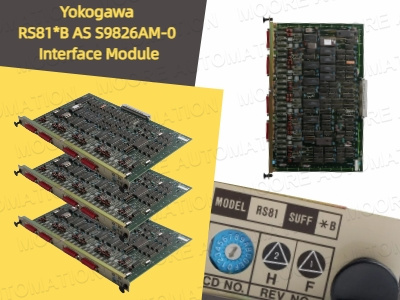
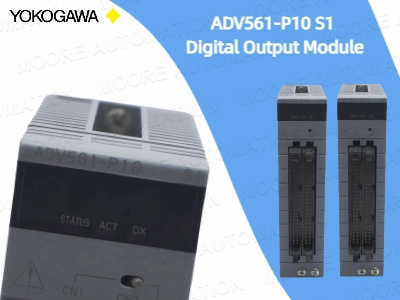
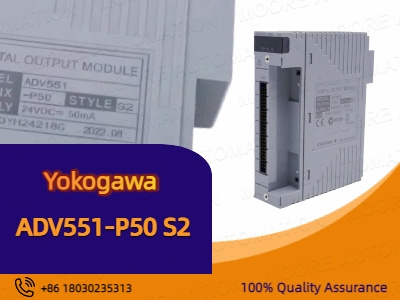
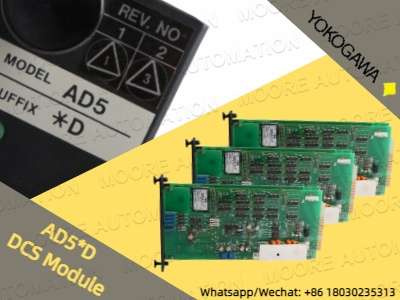
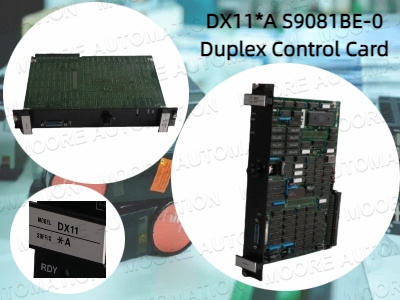
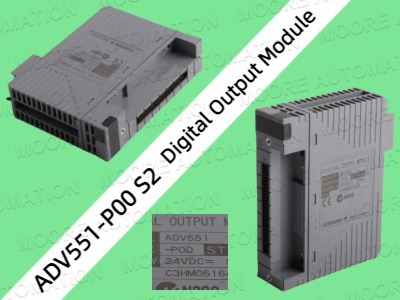
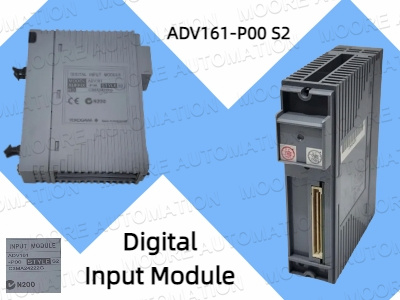
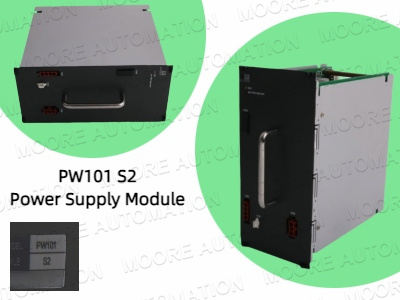

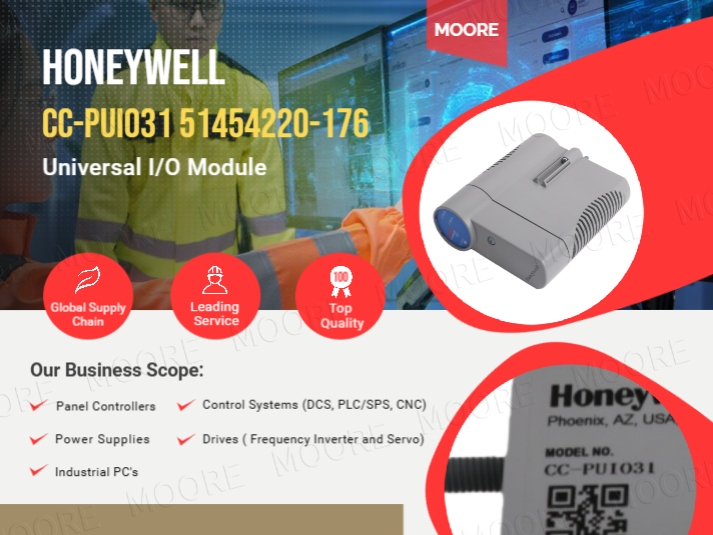
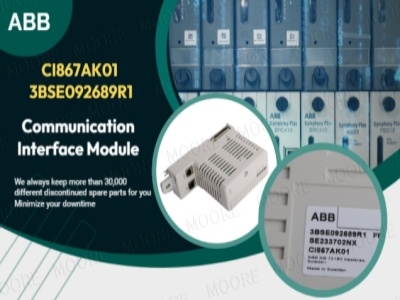
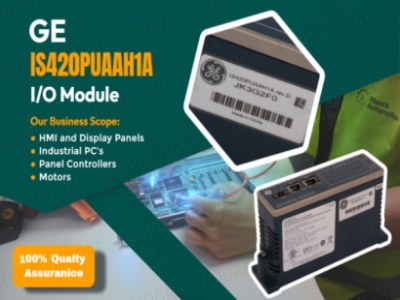












 IPv6 network supported
IPv6 network supported